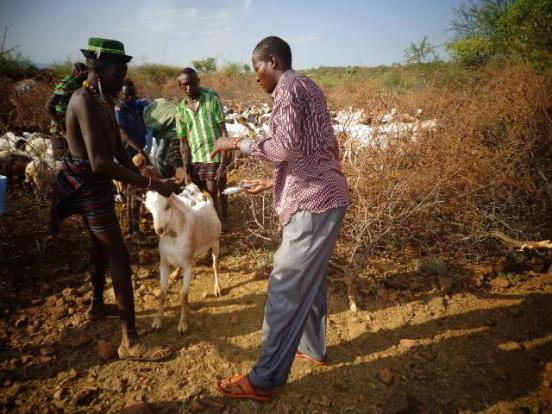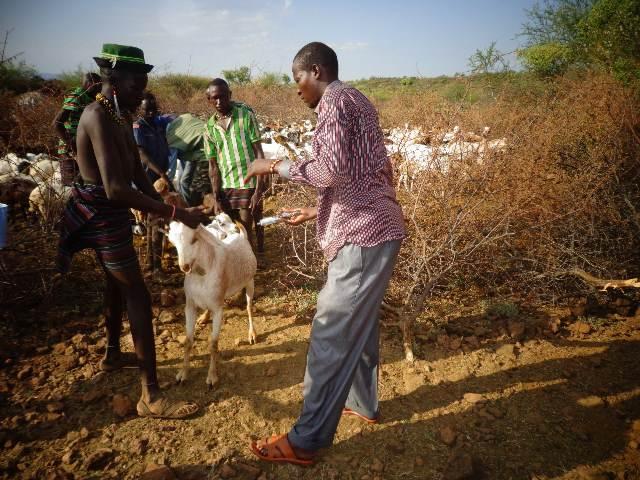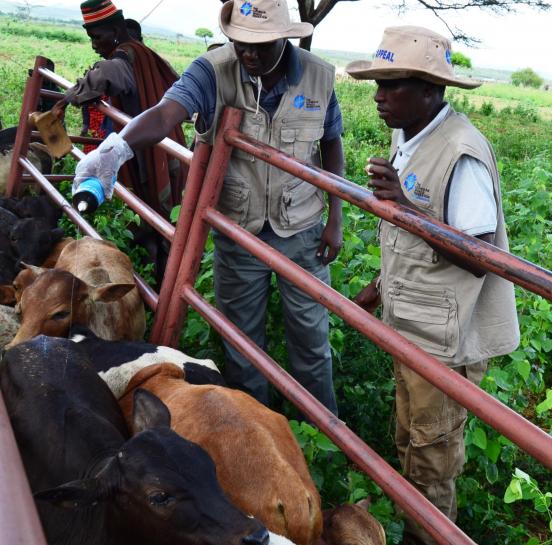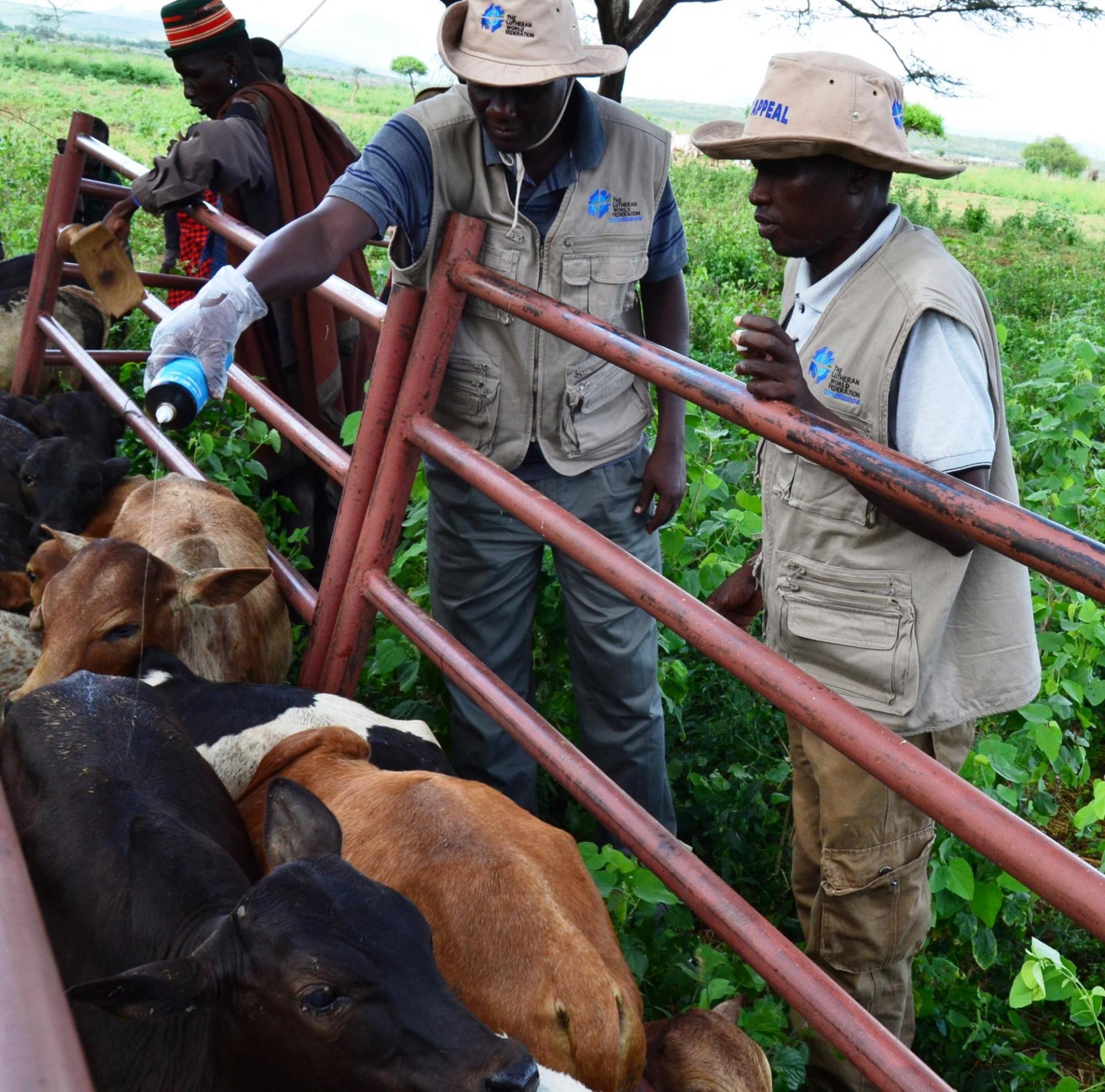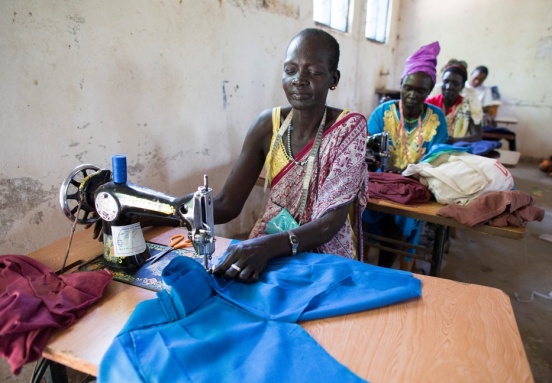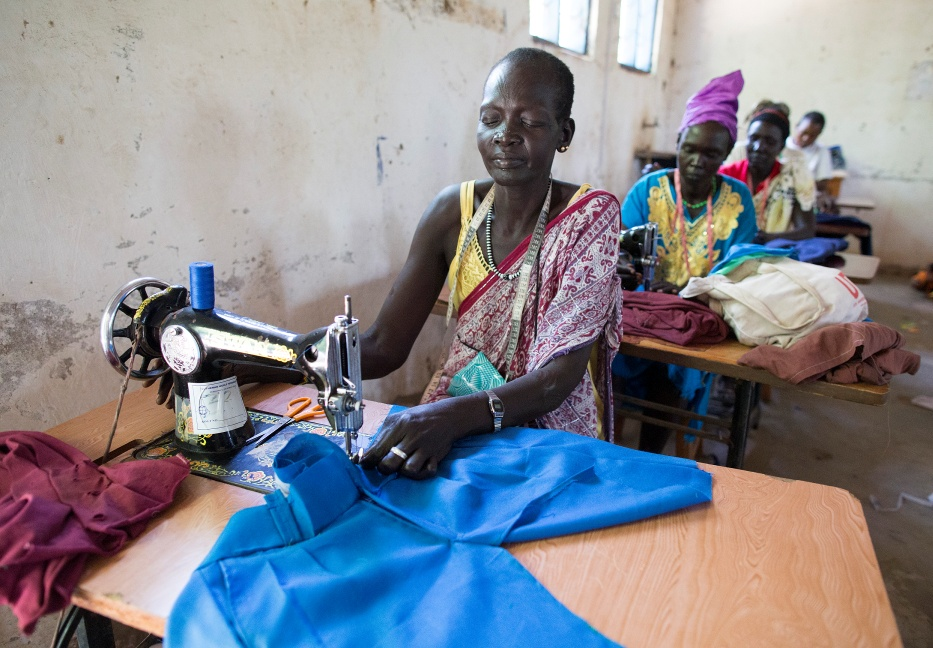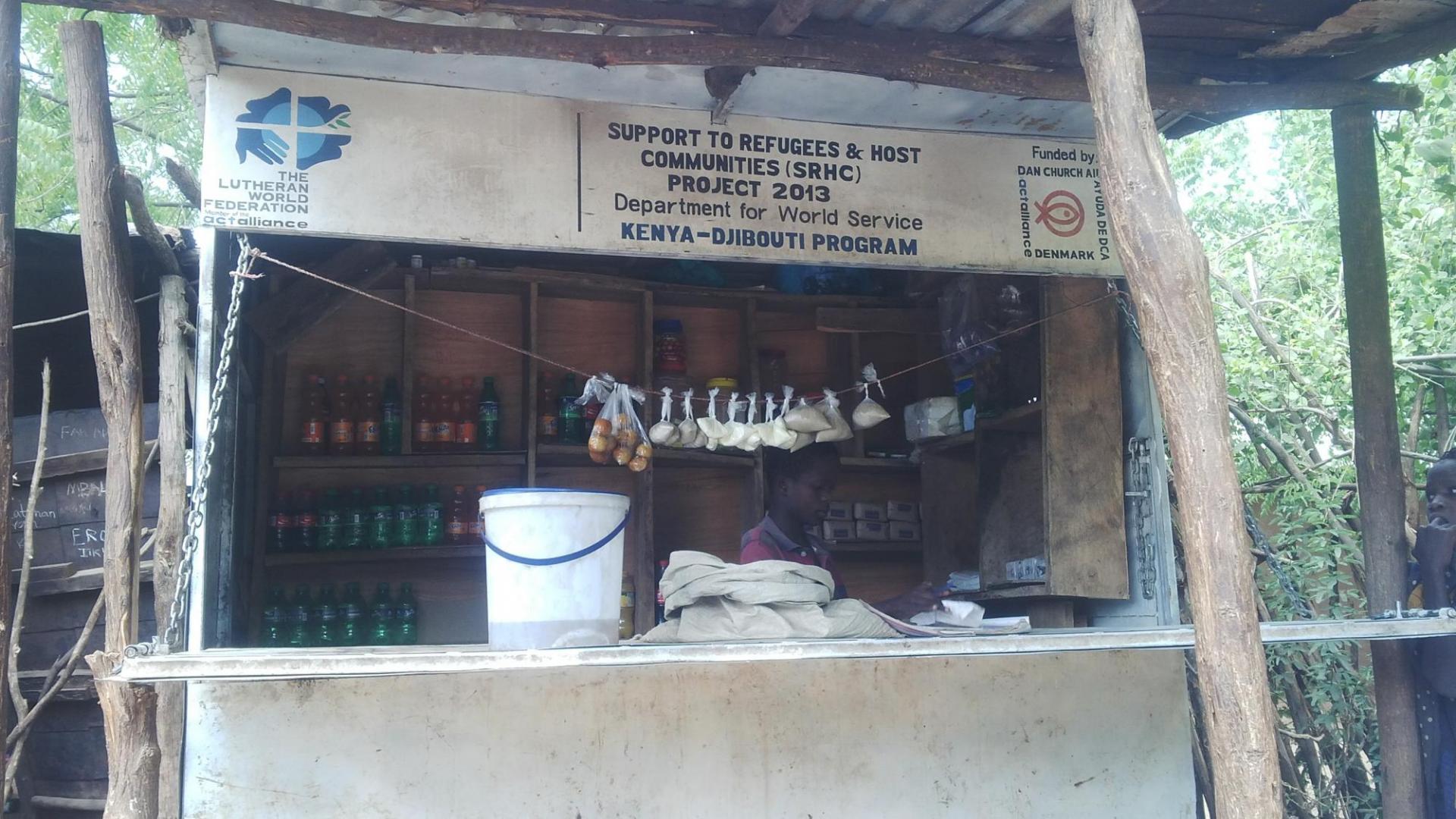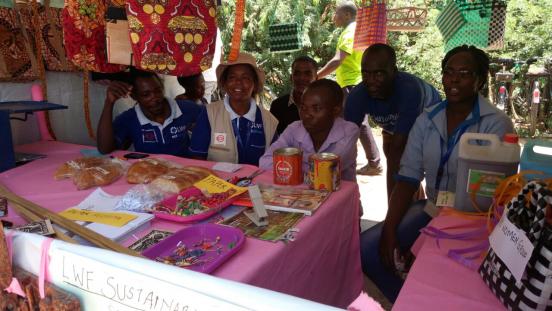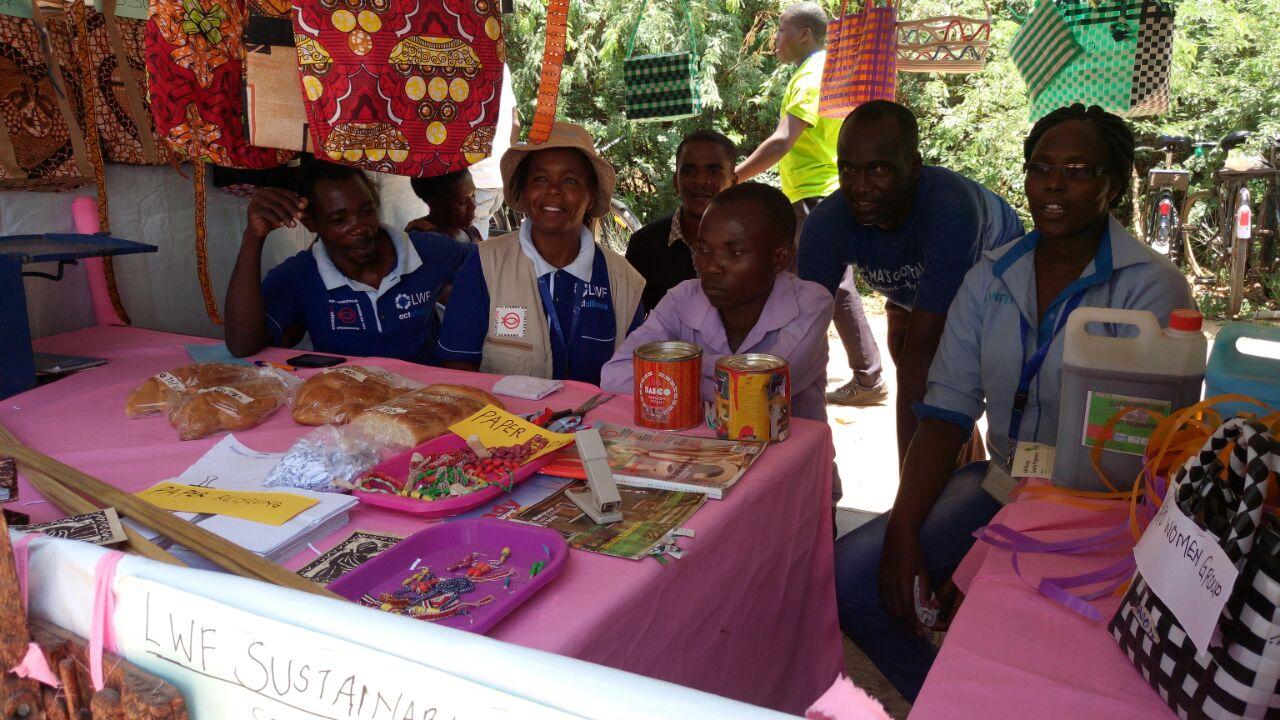LWF Livelihood projects
Sustainable Livelihood
Sustainable Livelihood Sector is one of the Sectors in LWF/DWS Kakuma Sub program and its goal is to enable vulnerable groups achieve sufficient & Sustainable livelihoods targeting Host Community members in Turkana West Sub County and the Refugees in Kakuma Refugee Camp
The major activities include Vocational trainings. There are two vocational trainings centers in the camp offering tailoring training to an average of 100 trainees annually while 50 Youths are sponsored and attending institutions within and outside Kakuma for various vocational skills annually.
Village Saving and Loans Association (VSLA) is also a major activity implemented under livelihood sector. Beneficiaries engaging in business are trained on VSLA skill which is a money saving concept and supported to form organized groups and carry out shared contribution as well as lending loans to its members and other community members.
The sector support improvement of animal Health of host community through training on disease surveillance and treatments of livestock and vaccination. So far, by end of 2014, a total of 250 Community Diseases Committees, Community Animal Health Workers and livestock Marketing Members were trained on aspects of veterinary health care and livestock marketing. 105,163 Livestock including sheep, goats and cattle were vaccinated and treated in Turkana West Sub County By the end of 2014. Livestock were treated on Peste des Petites ruminates (PPR), contagious Caprine Plero-Pneumonia (CCPP) and other bacterial diseases.
Micro Enterprise activities are also implemented Targeting vulnerable groups that are identified, assessed, trained on business management and supported with seed capital to start businesses. 65% of groups supported have made impact on their house hold income base.
The sector support host community on Disaster Managed Disaster Risk Reduction (CMDRR). The community structures are supported with skills on disaster risk reduction. Trainings are provided to build capacity of community structures to be able to mitigate any disaster. This is blended using provision of water services and maintenance of boreholes through WASH program.


